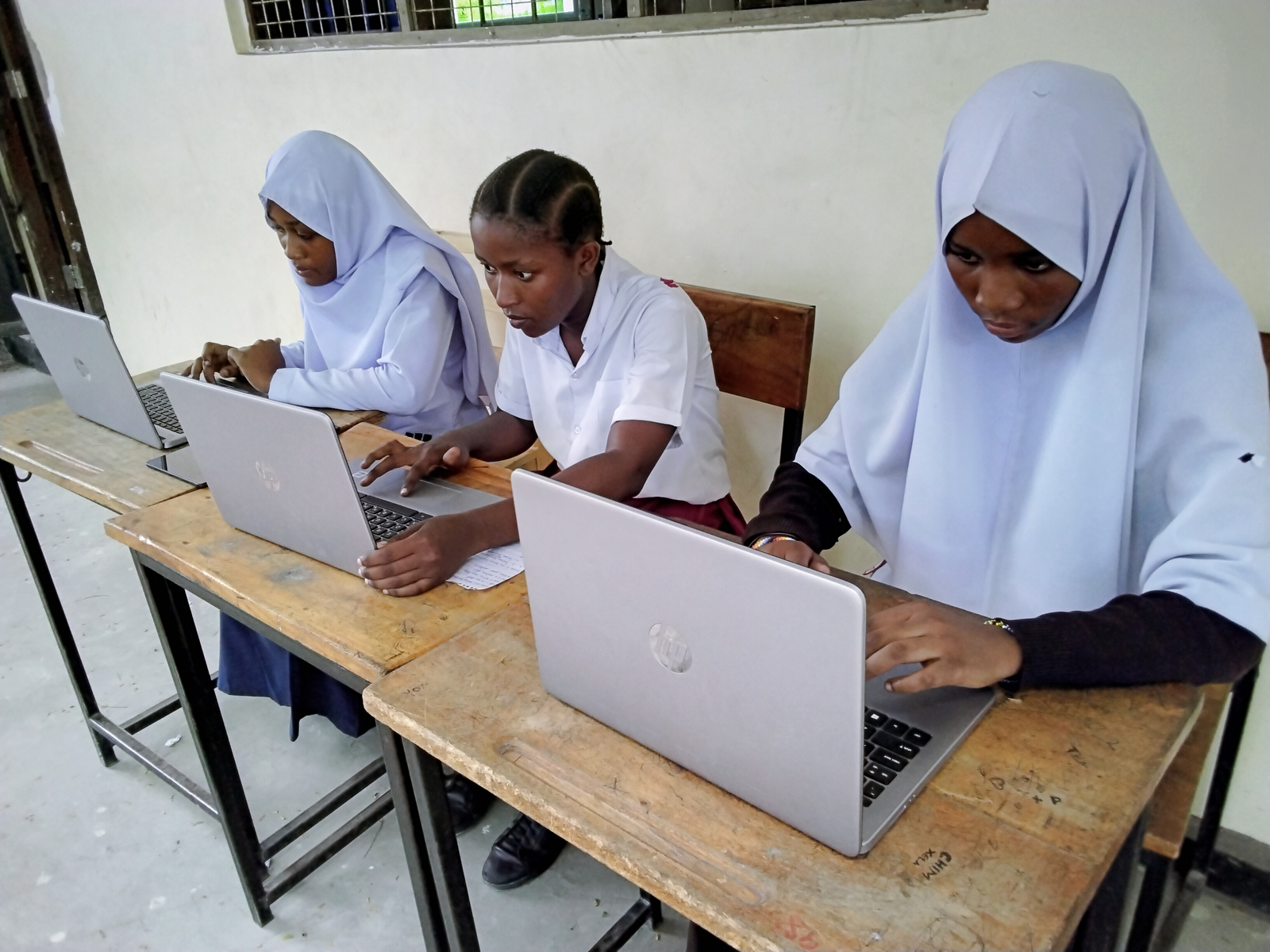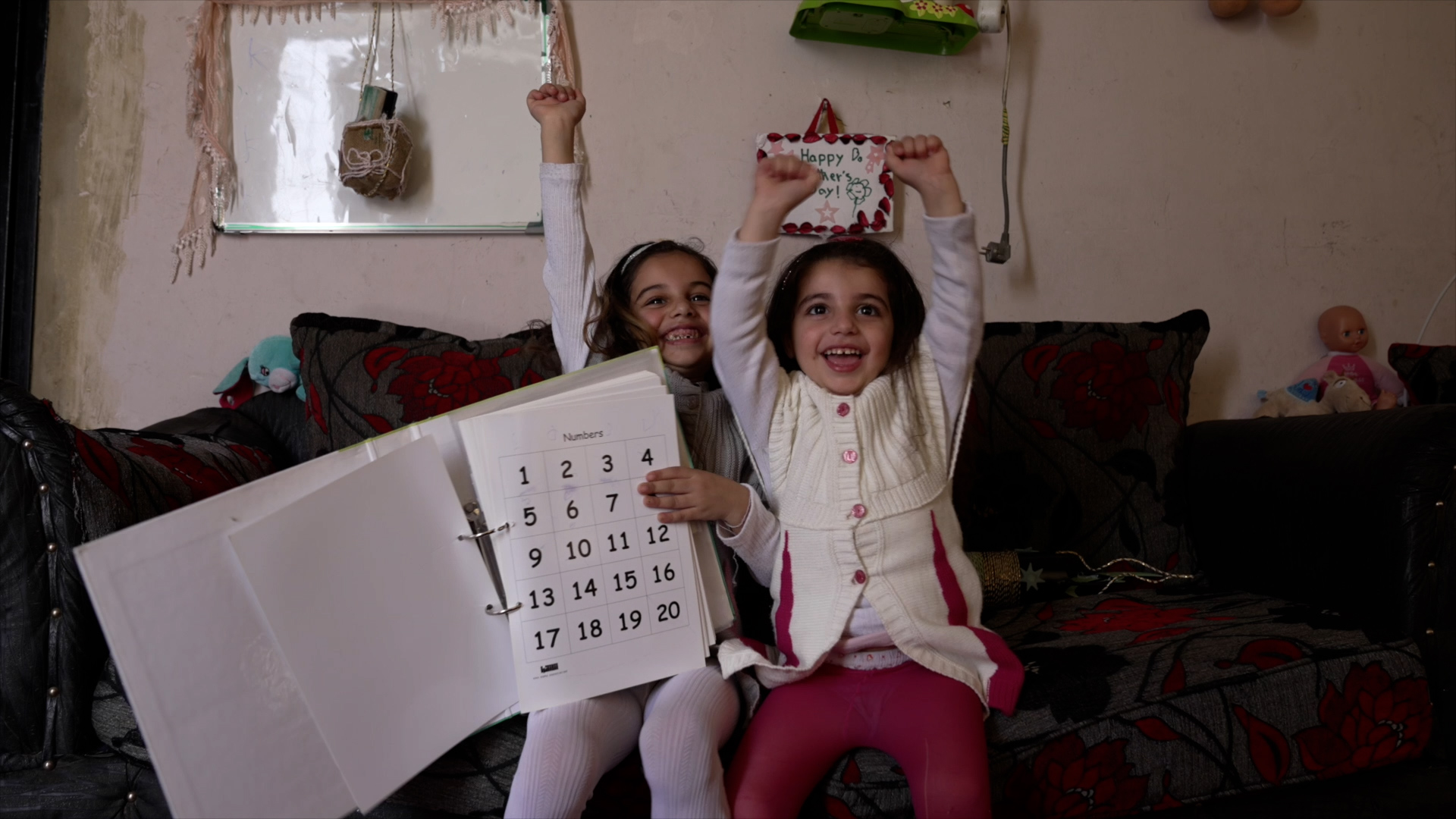
Schools made from plastic bottles help children and the environment
Barriers to education, Education funding, Girls' education, Right to education
Communities in rural, underfunded areas of Guatemala are coming together to turn waste that cannot be recycled into new school buildings.
Education and the environment. Two of the biggest issues facing developing countries across the world.
What if communities could tackle both at the same time? Provide a quality education for their children – while ensuring waste doesn’t end up dumped in the streets, rivers or countryside?
They can – with bottle schools. Schools made out of plastic bottles, stuffed with rubbish that cannot be recycled. An idea stunning in its simplicity that is transforming life in rural parts of Guatemala.
“It’s amazing to watch the whole community come together to build a bottle school,” said Adam Flores of the non-profit organisation Hug It Forward.
“They own it. It’s their project – we just help them to get it done. Sometimes a kid will take a spade off you and you just have to stand back and let them do the work. They just want to be involved.”
Hug It Forward is changing lives in the Central American country, one bottle school at a time. It has completed 116 of them and another six are under construction.
The bottle schools are built in rural communities that don’t have a school, whose school’s structure is failing, or where the education facilities need to be expanded.
Education in these areas is severely underfunded. Only 10% of children graduate from high school and indigenous girls are at school for only two years on average.
The foundations, columns and beams of bottle schools are made from concrete reinforced with iron. But instead of cinder-blocks or bricks, the walls are made using “eco-bricks” – bottles filled with trash that cannot be recycled, such as plastic bags and packets.
The bottles are then sandwiched in between chicken wire and covered with cement to form the walls of the school. A two-classroom school uses about 6500 “eco-bricks” – two tons of rubbish that otherwise would impact on the local environment.
“Before, in the corrugated metal school, it was very cold,” said Beverly, a student from Chutiabajal. “When it rained, the water would get in and our books would get wet. Now we really like coming to school.”
In pictures: how the schools are built
What to do with plastic and other non-recyclable waste is a huge issue around the world. Single-use plastics – such as bottles, cups and straws – can take hundreds of years to break down. Meanwhile, they’re buried in landfill sites or choking the life out of our oceans.
The European Union and United Kingdom have announced measures to tackle the crisis. And China has stopped taking in the world’s waste to recycle – forcing many countries to rethink their policies.
Many areas of developing countries like Guatemala have no rubbish or recycling services. So bottle schools are helping them to limit the environmental impact.
Each school takes several months to construct – so the buy-in of the community is vital.
“We have great relationships with the education department and the mayors of the communities,” said Adam Flores of Hug It Forward. “We go to each community to check it out and make sure it’s suitable for a bottle school.
“We also ensure they’re going to have good teachers for the school.”
Each bottle school is expected to last for at least 100 years – providing education to generations of children hungry to fulfil their potential.
As schoolgirl Beverly put it: “Bottle schools are beautiful – because we all make them together.”
More news

